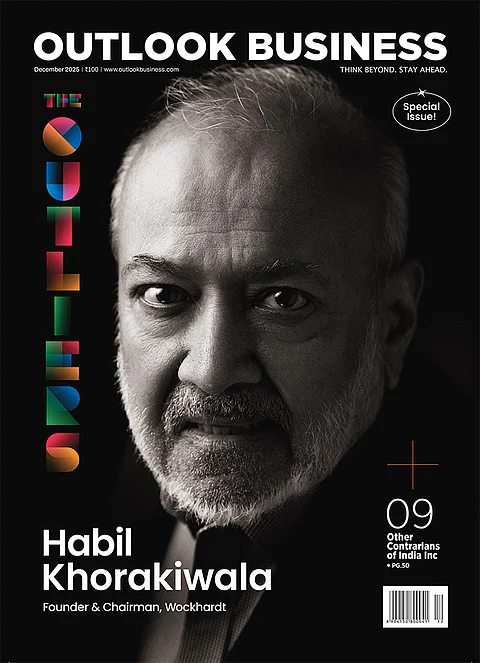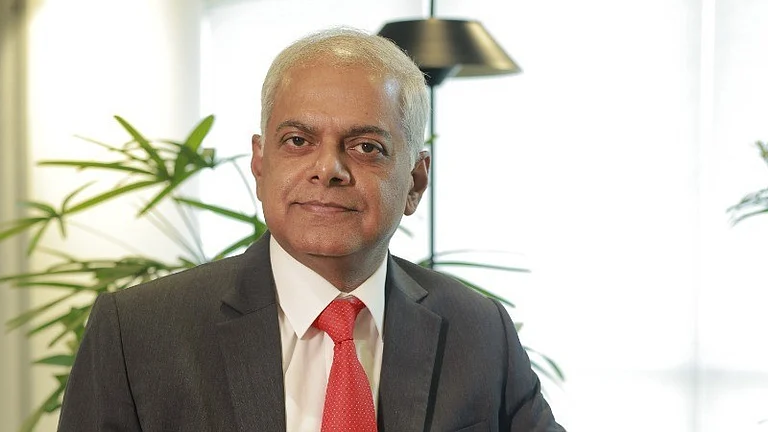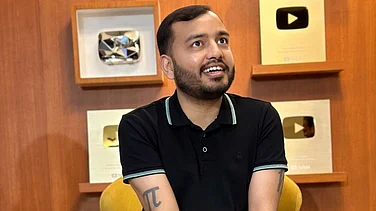
Gaming beyond money: Manish Agarwal and Sridhar Muppidi emphasize that India’s gaming industry extends far beyond real-money gaming; it’s about creativity, exports, and building a strong development ecosystem.
India’s opportunity: With 650 million gamers and rapid market growth, India can become one of the top three gaming nations if it focuses on talent, infrastructure, and supportive policies.
Need for patient capital: The industry requires long-term investment that understands creative risk, much like film or entertainment sectors, rather than expecting quick returns.
Role of government and skilling: They call for education programs, incentives, and innovation grants similar to countries like Turkey and Canada to nurture studios, attract global companies, and promote India’s gaming exports.
As India’s gaming ecosystem evolves beyond real-money and casual play, the conversation is shifting to creativity, exports, and skill-building. Ahead of this year’s India Game Developer Conference (IGDC) in Hyderabad, Outlook Business spoke with Manish Agarwal, Board Member at GDAI, former CEO at Nazara and Co-Founder of KGeN, and Sridhar Muppidi, Chair of IGDC and Co-Founder of PurpleTalk, about how the country can transform from a market of 650 million gamers into a global game development hub. From patient capital to education reforms and policy incentives, they outline what it will take for India to level up.
Q: As you can see, with the GNI analysis coming up, what are the key planners? The question was about real money gaming. You were clarifying that the gaming industry is not equal to real money gaming. Could you take the GNI analysis and answer that question?
Sridhar Muppidi:
The Game Developer Association of India (GDAI) has been running IGDC for quite some time, almost two decades now. The focus has always been on helping game developers get exposure, access to knowledge and skills, as well as connect with investors and publishers.
As far as GDAI is concerned, our goal has always been accredited game developers through access, networking, business connections, and skilling. We want India to become one of the top three gaming export countries in the world. That means we need a lot of gaming studios to be started here, and we see it as our responsibility to help make that happen.
Q: Tell us more about IGDC this year.
Sridhar Muppidi:
IGDC this year is happening in July after almost a decade in Hyderabad. This is a huge move, and there’s a lot of excitement around it. Hyderabad has a vibrant indie gaming community, and the local government has been incredibly supportive in bringing us here.
This year, IGDC will be one of the biggest yet, with over 150-200 talks, panels, and events. We have an initiative called Investor-Publisher Connect, where over 2,000-2,500 meetings take place between investors, publishers, and game developers.
We also have a new Indie14 Initiative, which brings in over 40 indie studios from around India and abroad. They are given free space and exposure to meet investors, publishers, and each other to learn and collaborate.
Additionally, we have several roundtables with different state and central government representatives to discuss policy, industry growth, and how the government can promote gaming in India.
Q: You mentioned earlier that real money gaming is not the same as video gaming. Could you elaborate?
Manish Agarwal:
Yes, that’s correct. The video gaming side of the business is focused on creating social and competitive gameplay which we call online social games. That segment alone is close to a billion-dollar industry in India and has grown about 49% since 2017. One of the key areas for India is improving the skill level of talent, which will attract global companies to set up offices here. With better skills and conducive policies, India can become a global powerhouse in video gaming.
This year at IGDC, we’re bringing policymakers and industry leaders together to discuss skilling, education, regulation, and policies to shape the next decade for gaming in India.
Q: How do you see the mix between global and Indian gaming companies?
Manish Agarwal:
We don’t differentiate between Indian and global companies. For us, India is a large consumer market currently generating $1.5 billion in revenue and growing at 29%.
We aim to make this a $10 billion market, which will create more studios and opportunities. Today, we have a healthy mix of global players like Krafton, Zynga, Ubisoft, and Electronic Arts, along with Indian players like Nazara, GameEon, PlaySimple, and Gameberry.
As monetization models evolve, we expect more localized and hyperlocal content. There’s also a big opportunity in the services sector for companies like Lakshya Digital are bringing a lot of outsourcing and development work to India, which will create more jobs and attract global studios to set up GCCs here.
Q: You also mentioned exports. How significant is India’s export interest in gaming?
Manish Agarwal:
India has over 650 million gamers, and both local and international developers serve this market. Companies like PlaySimple, Gameberry, Nautilus, and Next Wave are Indian studios that are growing steadily. From a policy perspective, we want this revenue to create advantages for the central government, attract advertising networks, and encourage more local developers to see India as a large consumer market.
The key challenges remain in building a strong supply of skilled talent, improving access to patient capital, and facilitating global collaborations for Indian studios.
Q: What do you mean by “patient capital”?
Manish Agarwal:
Gaming, like any content business, needs patient capital that understands creativity takes time and success isn’t guaranteed.
Unlike a startup solving a clear problem, gaming is an entertainment business where you’re not solving a new problem, instead you’re creating experiences. Just like movies, some games succeed, some don’t. Investors must understand that returns may take time. Patient capital believes in the potential of content and creativity. And that’s where the government can play a big role by creating policies similar to countries like Turkey or Canada, where early-stage gaming studios receive government support or innovation grants.
The government’s involvement is vital because government capital is “evergreen” it’s not restricted by LP cycles or quick exits. It can be used strategically to promote India’s soft power globally, much like how the US and Europe have leveraged cultural exports.
Q: What kind of government support do you think is needed?
Sridhar Muppidi:
The government can help by introducing game development programs in top schools and colleges to build talent early.
Second, by creating policies that make India attractive for international developers to set up here.
Third, by supporting innovation programs and providing grants for studios just like Turkey gives $350,000 per game for marketing and reimburses platform fees. Such incentives could make India a top-three global gaming nation.
Q: What happens if India doesn’t promote its gaming industry aggressively?
Manish Agarwal:
If we don’t act now, international game developers will capture the market. India’s gaming revenue could reach $8-15 billion in the next 10 years but without support, much of that revenue could flow abroad. That would be a forex loss for India.
Q: How do technology and creativity intersect in gaming?
Manish Agarwal:
Gaming is a cross-functional field, it combines psychology, technology, math, design, data, and art. You can’t separate the tech from the creativity. If your game isn’t engaging, even the best technology won’t help. Similarly, if your story is great but lacks personalization or tech execution, it won’t work either.
That’s why gaming should be introduced as a curriculum early in schools so it builds cross-functional skills in students.
Q: You also mentioned transmedia, could you explain that idea?
Manish Agarwal:
Yes, gaming is transmedia meaning an IP can extend across movies, comics, and other formats. But each form needs its own expertise.
Just because a movie like Krrish is successful doesn’t mean a Krrish game will automatically succeed, and vice versa. What matters most is creating content that keeps users engaged and coming back.
Q: Finally, what are the global and Indian opportunities you see?
Sridhar Muppidi & Manish Agarwal:
Globally, the gaming industry is worth about $230 billion a year, with over $100 billion from mobile gaming.
For India, the biggest opportunities lie in PC and mobile gaming. We need a national incubation program for PC game developers since those take longer to build and marketing support for mobile studios. If India creates incentives like other countries, we can leverage our immense talent pool and become one of the top three gaming countries in the world.
If we don’t, international game developers will dominate, leading to a loss of potential revenue and foreign exchange for India.































